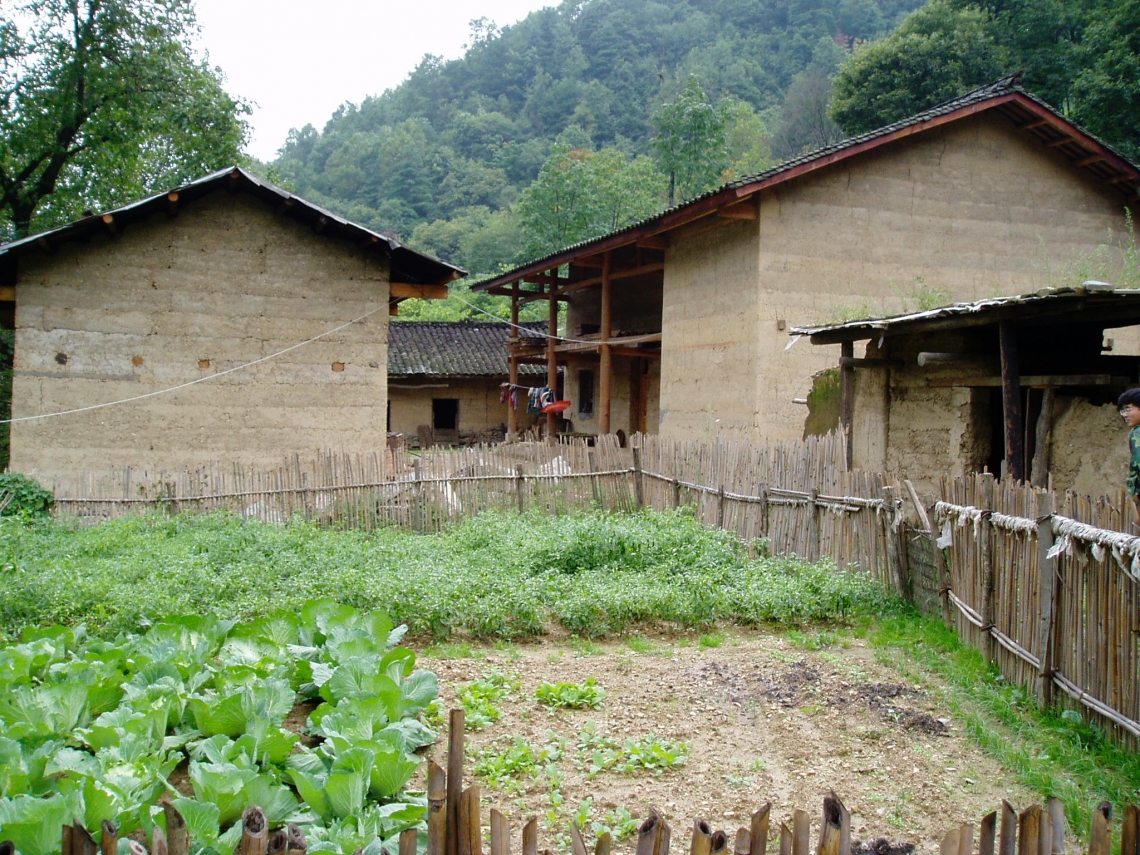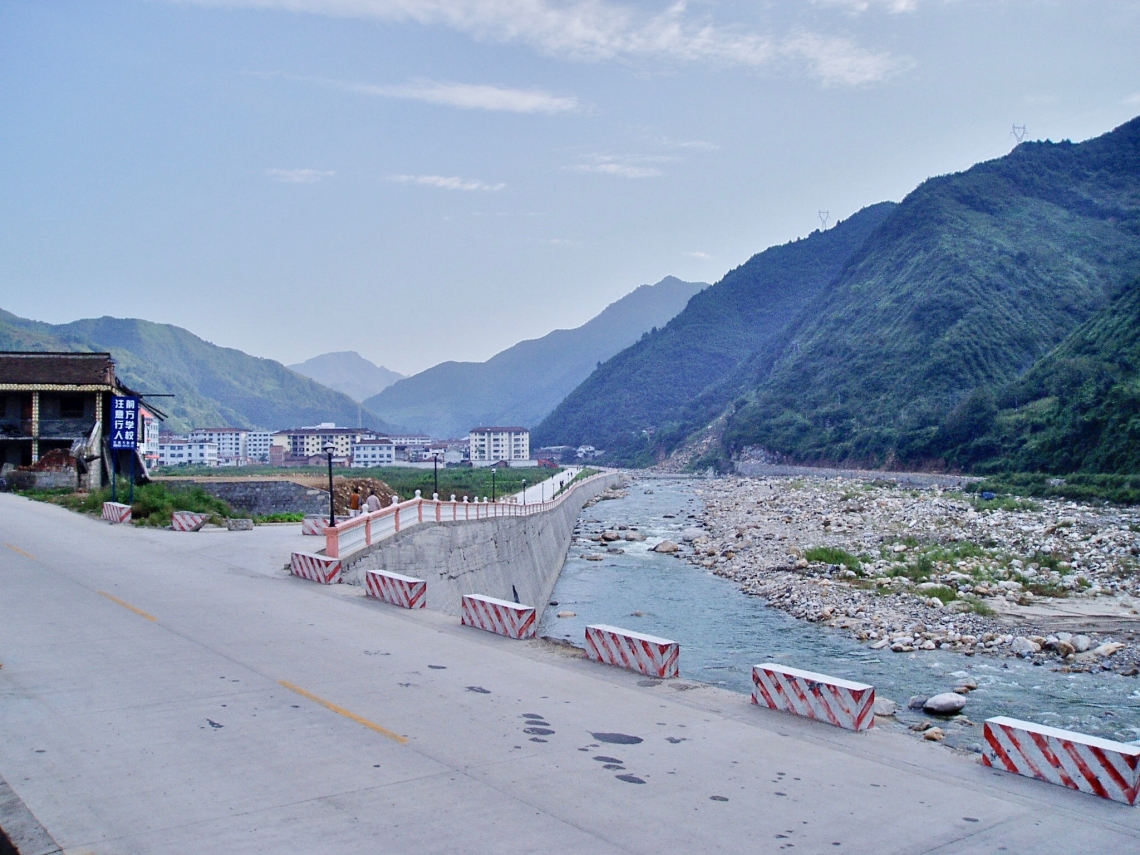Red List Status: Vulnerable –– Previously considered Endangered, both the IUCN and the Chinese government downlisted the giant panda to Vulnerable in 2016. Although the population remains relatively small, the primary criteria driving the downlisting was strong evidence that the population was no longer decreasing. It is the only globally threatened (Vulnerable) bear species whose worldwide population is increasing. The giant panda has remained on CITES Appendix I since 1984.
Click here to see IUCN Red List account of this species.

Threats: The main threats limiting full recovery of this species is the history of extensive habitat loss and continuing human disturbance in some portions of its range. For the most part, habitat loss has been arrested, and reforestation efforts have enabled populations to expand somewhat. However, there are emerging threats from an increase in other human activities in panda habitat both inside and outside of reserves. Chief among these is livestock grazing, driven by increasing demand for meat in China and from local people seeking livelihoods. Pandas tend to avoid disturbed areas, and their bamboo habitat may be negatively impacted by grazing. Roads, farming, mining, and ecotourism have also increasingly encroached on and fragmented panda habitat. There is also risk of pathogen spillover from domestic dogs and other domesticated animals. Although giant pandas generally maintain high levels of genetic diversity, small, isolated populations may become increasingly inbred and suffer from the loss of genetic diversity.
Yet another threat is natural bamboo die-off events, which have affected panda populations in the past. Most bamboo species have synchronous flowering followed by a massive die-off. They later regenerate, but the die-off temporarily diminishes pandas’ food supply. Before humans deforested lower elevations, pandas were able to migrate short distances to reach other species of bamboo adapted to different elevations, but today pandas may have access to only one or two species, worsening the impact of bamboo die-offs.
Finally, climate change is forecasted to impact panda habitat and reduce panda populations, with estimates of losses ranging from 12% to 71%. Fortunately, the lower estimates are more recent, and based on more biologically realistic models.

Giant panda_A melanoleuca_Foping NR_agriculture in protected areas and panda habitat causes habitat loss_San Diego Zoo Wildlife Alliance

Giant panda_A melanoleuca_Foping NR_roads and other infrastructure fragments habitat 2_San Diego Zoo Wildlife Alliance

Giant panda_A melanoleuca_Foping NR_roads and other infrastructure fragments habitat_San Diego Zoo Wildlife Alliance

Giant panda_A melanoleuca_Pingwu County_hydro power station construction posing threats to habitat_Fang Wang

Giant panda_A melanoleuca_ Mei Gu NR_yaks and livestock above treeline encroach into forested habitat_San Diego Zoo Wildlife Alliance